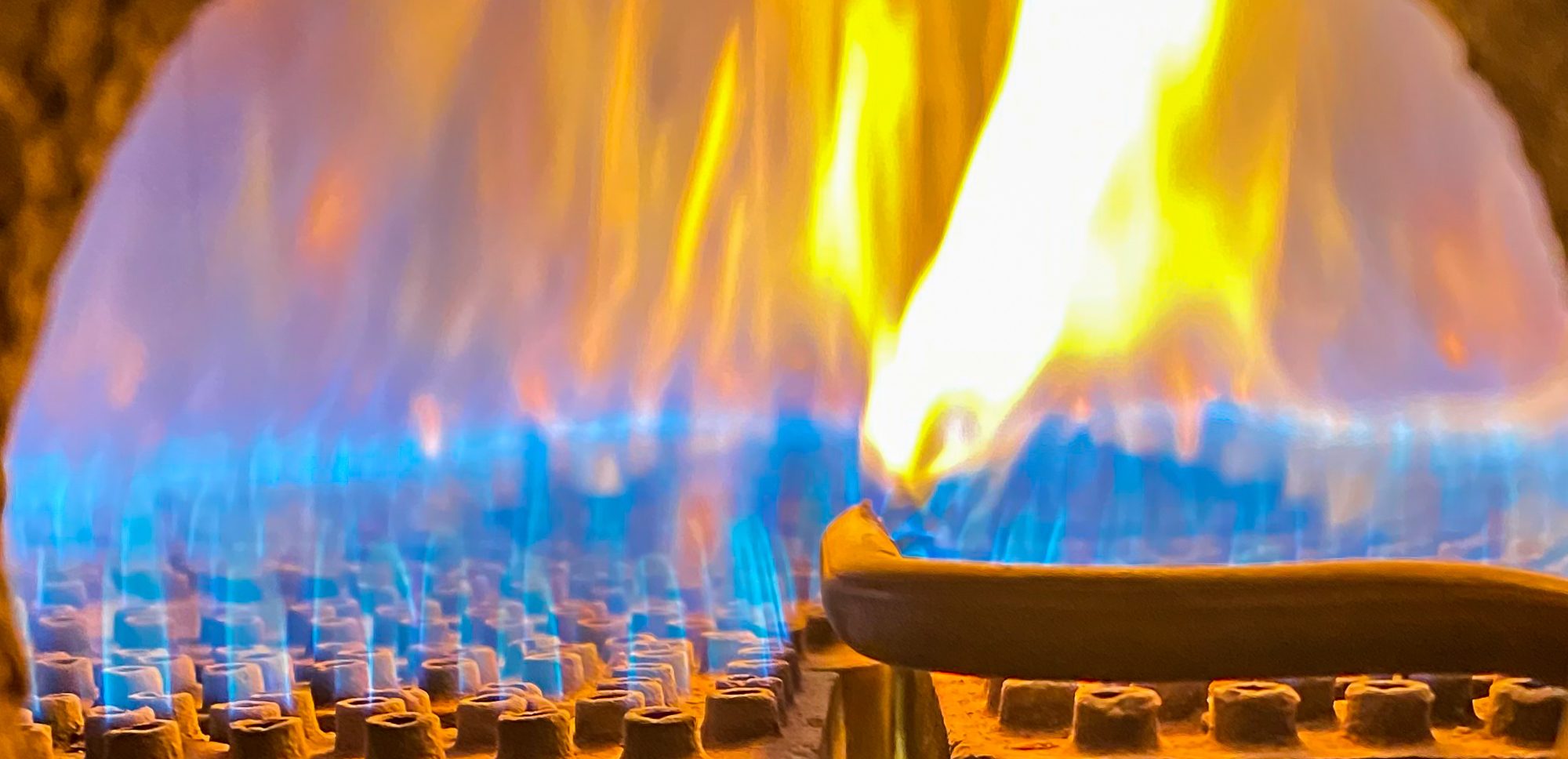Invisible Boiler-Busters, Part 2: Combustion
Features
In this next installment of the series we’ll examine how combustion in a steam boiler can change drastically over time, causing subtle issues that if left unchecked can lead to a busted boiler. Improper combustion is the second commonly overlooked boiler–buster that we encounter in the field.
Combustion 101
To begin we need a basic understanding of what is required to make a fire. No, it’s not just two twigs, kindling, and motivation. The three ingredients are oxygen, heat, and fuel, and these must be mixed in the proper way. With too much oxygen and not enough fuel, you may not be able to start a stable fire. On the flipside too much fuel and not enough oxygen can leave unburnt fuel, which has the side effect of carbon formation and/or a dangerous atmosphere inside the boiler (more on that in a moment).
Now to make a fire inside a boiler, the burner must deliver the three ingredients at the correct time. If the proper mixture is not present or one ingredient is missing, you guessed it—no fire. Consequently, too much of one ingredient can cause serious internal problems with the boiler. In the next sections, we’ll consider what happens to combustion when there is too much and too little of each ingredient.
Oxygen High, Fuel Low
The normal air we breathe contains about 20.9% oxygen at sea level. Too much air in a fire will cool the boiler flame, leading to increased fuel consumption. The boiler will have to fire at a higher rate to maintain the same steaming capacity that it would have with less air and a hotter flame. The cooler flame ultimately means fewer BTUs (British Thermal Units) are transferred to the water—a very inefficient way to operate a boiler which leads to increased fuel cost. We find that this tends to happen when combustion is set in the summer and never changed for winter operation. Combustion must be tuned seasonally because cooler air is more dense than warm air, and therefore adds a higher amount of oxygen to the fuel.
Oxygen Low, Fuel High
This scenario is one of the most dangerous that can happen in a boiler: when there is not enough air to burn all the fuel being added. For a certain amount of fuel to be burned there must be a corresponding amount of air or else bad things can happen. There should always be more air added than required to ensure that all the fuel is burned. Without enough air, soot can form. This is the black powder that will line the entire fireside of a boiler and acts as an excellent insulator. Most of the heat from the fire will not transfer to the water and will go right up the stack, and the boiler will not be able to keep up with steam demand. Not only with this lead to a drastic rise in fuel cost, but soot buildup left unchecked can cause overheating and/or internal explosion.
Another byproduct of not enough air is carbon monoxide—an undesirable byproduct of imperfect combustion that can lead to dangerous levels of production and create serious health and safety risks for humans. This can be avoided by cleaning the air dampers and fan wheels that force air into the combustion chamber, as dirt and debris will reduce the amount of air being delivered even though the same amount of fuel is being added to the flame.
Avoiding a Combusted Boiler
There is no universally correct way to set up proper combustion on a boiler, as each manufacturer has different specs and designs. A qualified burner service technician will understand your specific equipment and be able to ensure safe and efficient combustion with a proper air/fuel ratio. If you want to avoid unnecessary expenses, facility down time, or worse yet a boiler blowup, never neglect combustion service—your business and your boiler will thank you!


